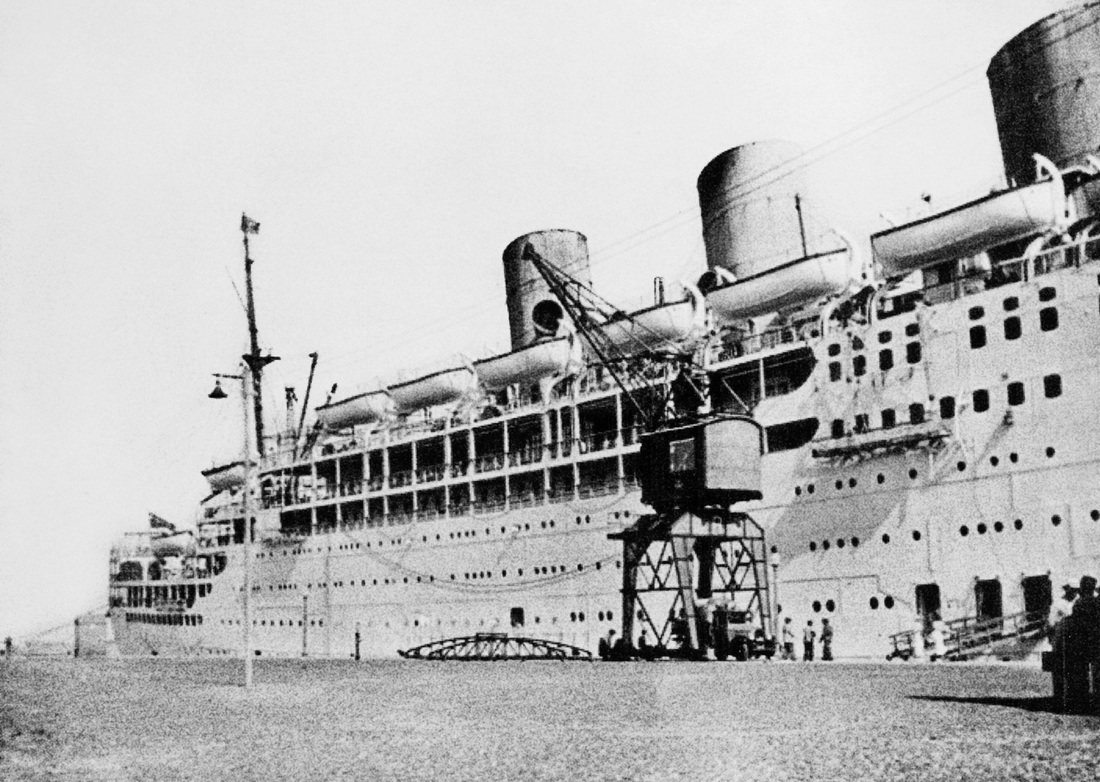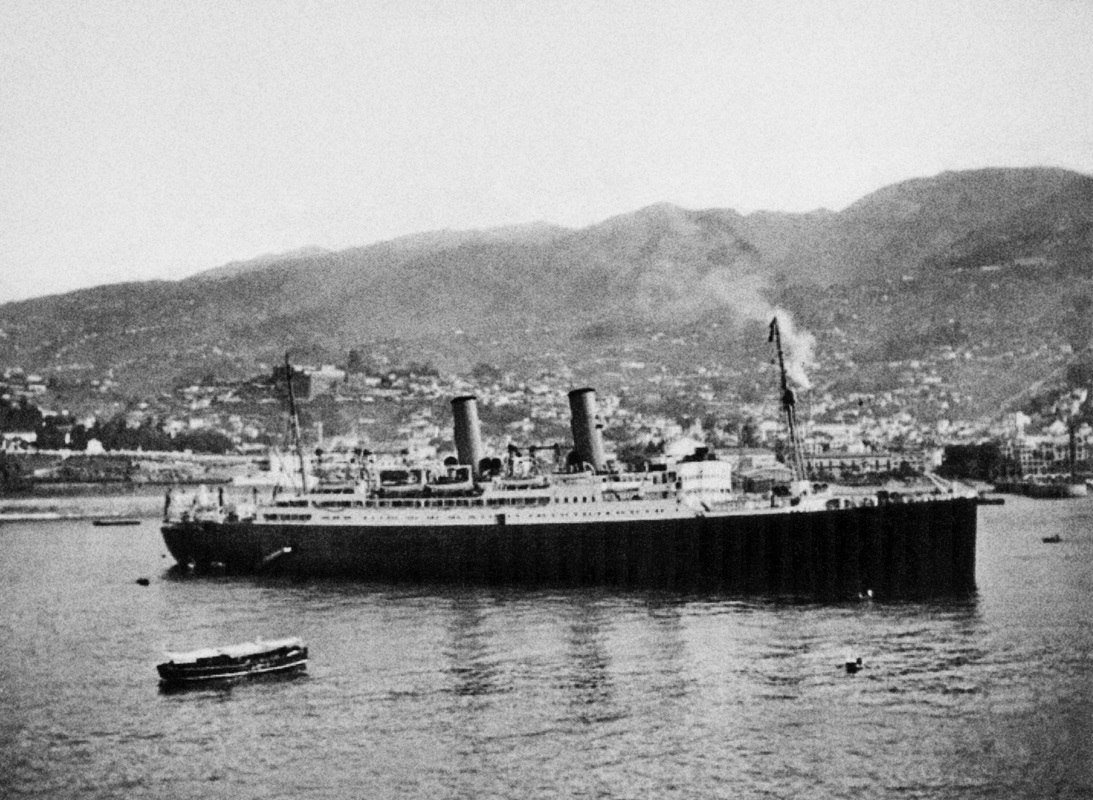AN ENDANGERED SPECIES:
If great actors can be defined by anything, it is by their lack of definition. John Keats potently described the poet: "As to the poetic character itself, it is not itself: it has no self – it is everything and nothing." Nothing could be truer of the nature of the great actor, and in particular these four great British actors of the 20th-century. The mystery of their lives and their extraordinary personalities is still so great and so elusive that examination of their skills, backgrounds, and their personalities remains as fresh and stimulating an exercise as when they were at their peak of practising their art. There is also for the first time, through the internet (for example YouTube) and DVD reissues, the resource of seeing just how good they all were.
As they have so much in common, and may now be considered as a distinct quartet, I have decided to republish as new e-books these biographies of their lives and careers, written between 1979 and 2003.
First of all, they were primarily stage actors, although all four major gave Oscar or award-winning film performances. As Peter Shaffer aptly pointed out, "Great actors are now a species infinitely more endangered than white rhinos and far more important to the health and happiness of the human race. I am referring to "live" actors of course – not their manufactured images on screens large and small. In our age where most performers have been reduced to forms of puppetry – neutered by naturalism, made into miniaturists by television, robbed of their voices by film editors – the authentic great actor has virtually disappeared from the earth… The stage and only the stage can offer proof of whether a man or woman can act greatly." Here, then, the testimony of the lives of these four actors should be considered as a passionate plea for this endangered species.
Second, all four created immense difficulty for those who wanted to write about them, and especially about their personal lives, and how it related to their art. Their privacy without exception was a closely and jealously guarded secret. As such they were very far removed from the celebrity circuit of stage and screen of our present era. They showed little concern with self-image, and, without exception, none of them appeared in advertisements, although often offered considerable sums of money. They possessed, all of them, a very specific and inviolate integrity, which conferred on each a universal and lasting virtue.
As such, therefore, they can be enjoyed again in these new editions: not only by those who saw them, but also, by means of these, be introduced to a whole new e-book generation. This generation may not ever have witnessed examples of their live performances, may even have only a hazy idea of who they were, but it could enjoy the encounter and as a result want to find out more.




 RSS Feed
RSS Feed
